- Login
Site-Reading Writing Quarterly




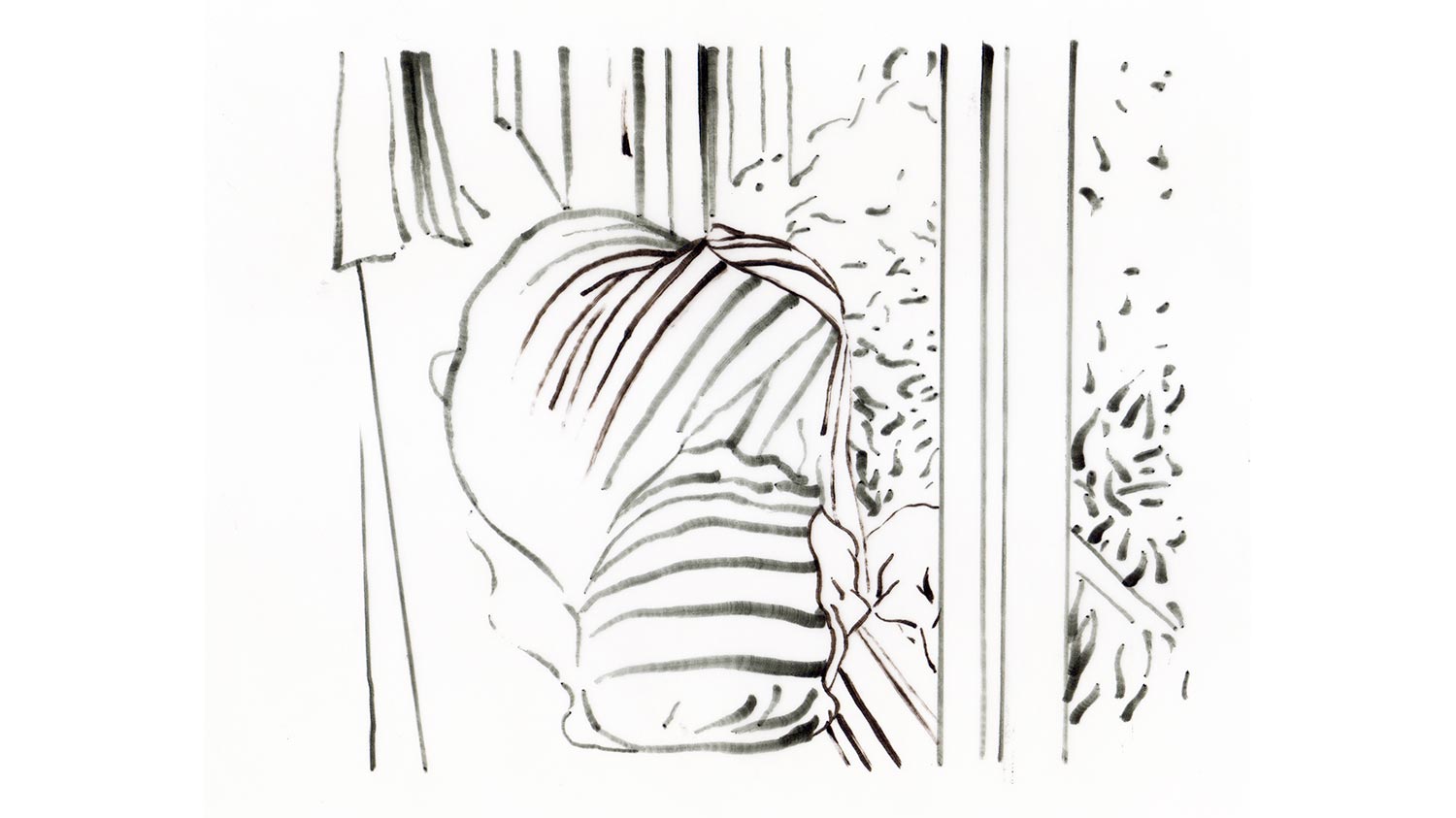

Readers’ Biographies
Simon Morris (UK) is co-editor of Inscription: the Journal of Material Text – Theory, Practice, History [with Gill Partington & Adam Smyth], Professor of Art and Director of Research for Art & Design at Leeds Beckett University. In 2002, he founded the publishing imprint information as material (iam) [with Craig Dworkin & Kaja Marczewska] which publishes work by artists and writers who use extant material — selecting it and reframing it to generate new meanings — and who, in doing so, disrupt the existing order of things. www.informationasmaterial.org / www.inscriptionjournal.com
Jérémie Bennequin (FR) has been developing an interdisciplinary practice as an artist that focuses on themes of time, memory, and erasure. Drawing is at the heart of his visual arts practice and literature has consistently been found to be the raw material for his work and the catalyst for his ideas. He is well known for having erased the work of Marcel Proust, In Search of Lost Time, following a rigorous methodology of one page a day for a project that lasted ten years. www.jeremiebennequin.com
Valérie Steunou (FR) studied at Rennes University and went on to teach French Literature at Exeter University and University College Dublin. In 2001, she changed career direction and became a primary school teacher in York. For her current role, she works as a Special Educational Needs Coordinator (SENCO), supporting children with SEND by securing additional funding and advising and training colleagues to develop inclusive practice. She is currently working with over eighty children with SEND across four schools.
Tom Rodgers (UK) is an artist and designer based in York. His practice engages mainly with photography but also includes graphic design, book design and writing. He lectured in Photography at York College before moving to Leeds Beckett University. Tom hold’s an MA in Contemporary Art Photography from Edinburgh College of Art and has recently begun a Practice-Based PhD at Leeds Beckett University in the School of Arts. He is one third of Gordian Projects, an independent, none-profit publishing collective, exploring the intersection of art-making, artist writing, text and imagery through collaborative processes. https://tom-rodgers.com / https://gordianprojects.com
Readers’ Biographies
Lidia Gasperoni is a Research and Teaching Associate at the Department of Architectural Theory of the Institute of Architecture at the Technical University Berlin. She studied philosophy in Rome, Freiburg, Breisgau, and Berlin and obtained her PhD from the TU Berlin. She teaches architectural theory and philosophy with a focus on media philosophy, Anthropocene theories, and aesthetics at the TU Berlin, and previously at the UdK Berlin and the University of Kassel. Her publications include: Versinnlichung (De Gruyter, 2016); Media Agency, with Christophe Barlieb (transcript, 2020); Artefakte des Entwerfens, with Anna Hougaard et al. (TU Verlag, 2020); Site of Coexistence (IQD, 2021); and Construction and Design Manual: Experimental Diagrams (DOM publishers, forthcoming).
Alex Arteaga is an artist researcher who combines and hybridizes aesthetic, phenomenological, and enactivist research practices through an inquiry into embodiments, environments, and aesthetic cognition. He studied music theory, piano, electronic music, composition, and architecture in Barcelona and Berlin and received a PhD in Philosophy at the Humboldt University Berlin. He has been Visiting Professor in different universities and educational centers, such as the University of the Arts Helsinki and the Berlin University of the Arts and has developed long-term artistic research projects such as Architecture of Embodiment (www.architecture-embodiment.org) or Contingent Agencies (www.contingentagencies.net).
Readers’ Abstract
I was invited to review Alex Arteaga’s edited book, Architectures of Embodiment by Jane Rendell for Site-Writing Quarterly. When the book arrived in the post, I was immediately struck by the fact that the book had no images. When I mentioned this to Jane, she encouraged me to ‘make them!’. To review his book, I read it and responded with a series of hastily scrawled hand-written annotations. I felt Arteaga had generously left an open “invitation to participate” – to make additional interventions in, on and through his codex. Arteaga’s dialogic publication reminded me of An Anecdoted Topography of Chance by Daniel Spoerri, (London: Atlas Press, 1995 – first published in 1962). At the back of Spoerri’s book is a pull-out architectural drawing of the objects found upon his desk which are all numbered. The book contains 100 illustrations by Topor of the objects that were located on his messy desk. Spoerri’s text revolves around the numbered objects on his desk, determining how they initially arrived there and what further poetic connections and imaginings these objects might generate for him. Spoerri’s commentary is then repeatedly footnoted with additional comments from his friends Robert Filliou, Emmett Williams and Dieter Roth. This colliding commentary made me think of the dialoguing going on in Architectures of Embodiment where the verso page contains the text and the recto page contains multiple comments on that text by the other authors (Ana Garcia Varas, Jonathan Hale, Lidia Gasperoni, Dieter Mersch, Gerard Vilar, Mika Elo and Susanne Hauser) in the publication so that no text remains fixed or complete, but constantly interrupted and amplified by other thoughts, opinions and questions. The continuous intervention in other authors’ writing inspired me to make my own intervention of images and text into Arteaga’s book. The relationship of the human body to its architectural surroundings made me think of Joanna Hogg’s film Exhibition, where the building is the third character in the film and the interplay of the house and its inhabitants. I screen-grabbed images from the film and commissioned the French artist Jérémie Bennequin to turn these digital images into a suite of drawings. I commissioned Valérie Steunou to turn my scruffy annotations into French handwriting because I like the manner in which the cursive script relates to the ruled lines of the Seyes paper and saw it as a metaphor for the symbiotic relationship between bodies and architectural space, which include interruptions, crossing outs and mistakes. Finally, I invited Tom Rodgers to playfully insert all of these elements: the drawings; the hand-written cursive script; and the ruled Seyes lines into their book through a number of digital manipulations. This is one readerly response to Arteaga’s edited collection – I imagine his thoughtful brilliant collection will generate countless others.
Readers’ Abstract
Our review unfolded in a dialogical format in which we attempted to discuss the purposes and topics of the first issue of the journal Inscription. The thematic introduction of the volume acted as a kind of conceptual diagram to discuss the content of the individual essays, which focus on a transhistorical and crossdisciplinary view of material texts. The dialogic format created a dynamic of resonance in which to explore the different thematic fields and unexpected juxtapositions. In the dialogue, the processual figures of writing, inscribing, transcribing, and reading have in turn created a dynamic that runs through the different layers of the journal. Starting from our work in the field of embodied cognition in art and architecture we have tried to explain the relevance that inscription has had in our “material” readings, supported in turn by diagrams, sketches, notes in both analog and digital formats.
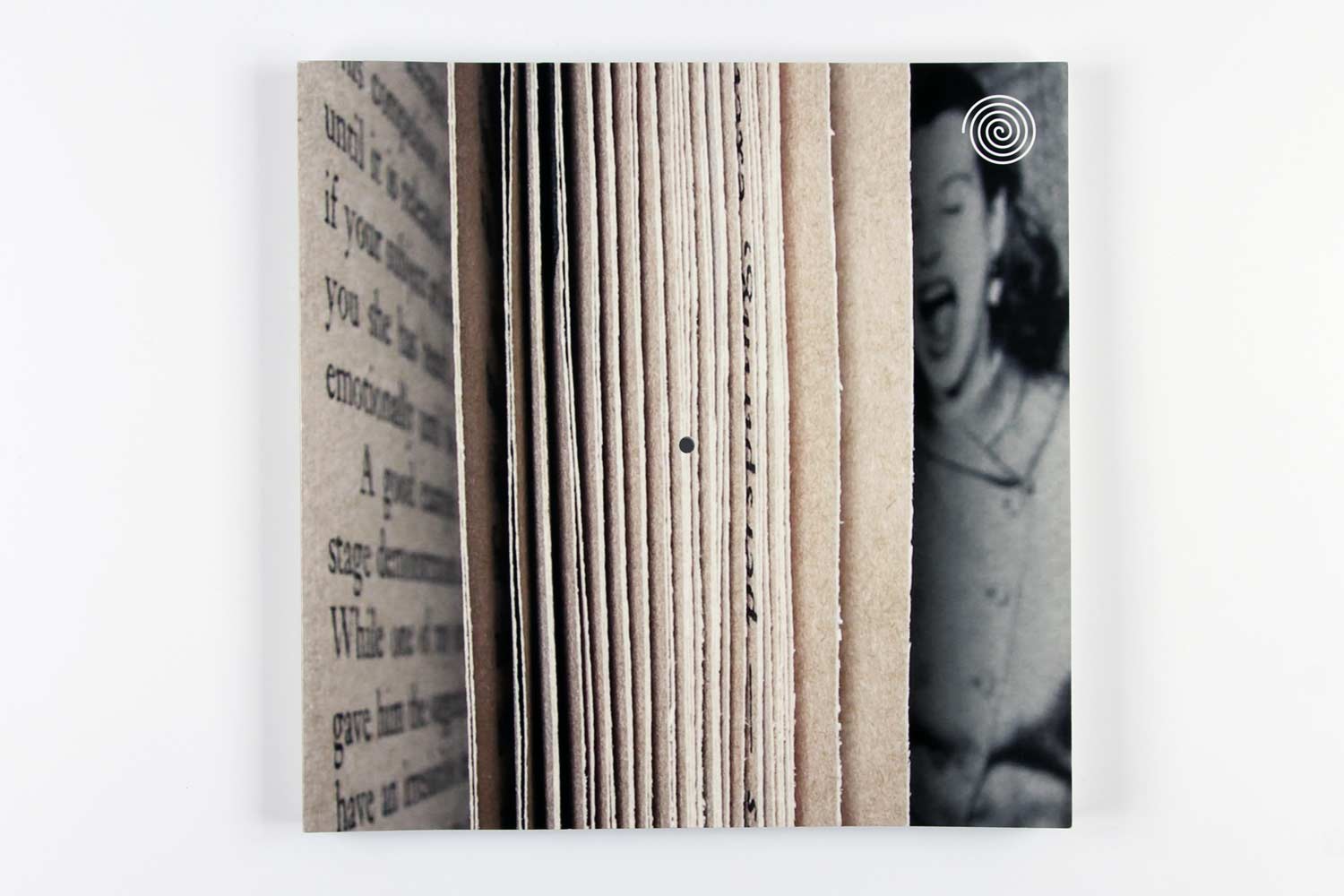
Simon Morris, Gill Partington, and Adam Smyth (eds),
Inscription: the Journal of Material Text – Theory, Practice, History. Issue 1: Beginnings
(2020)
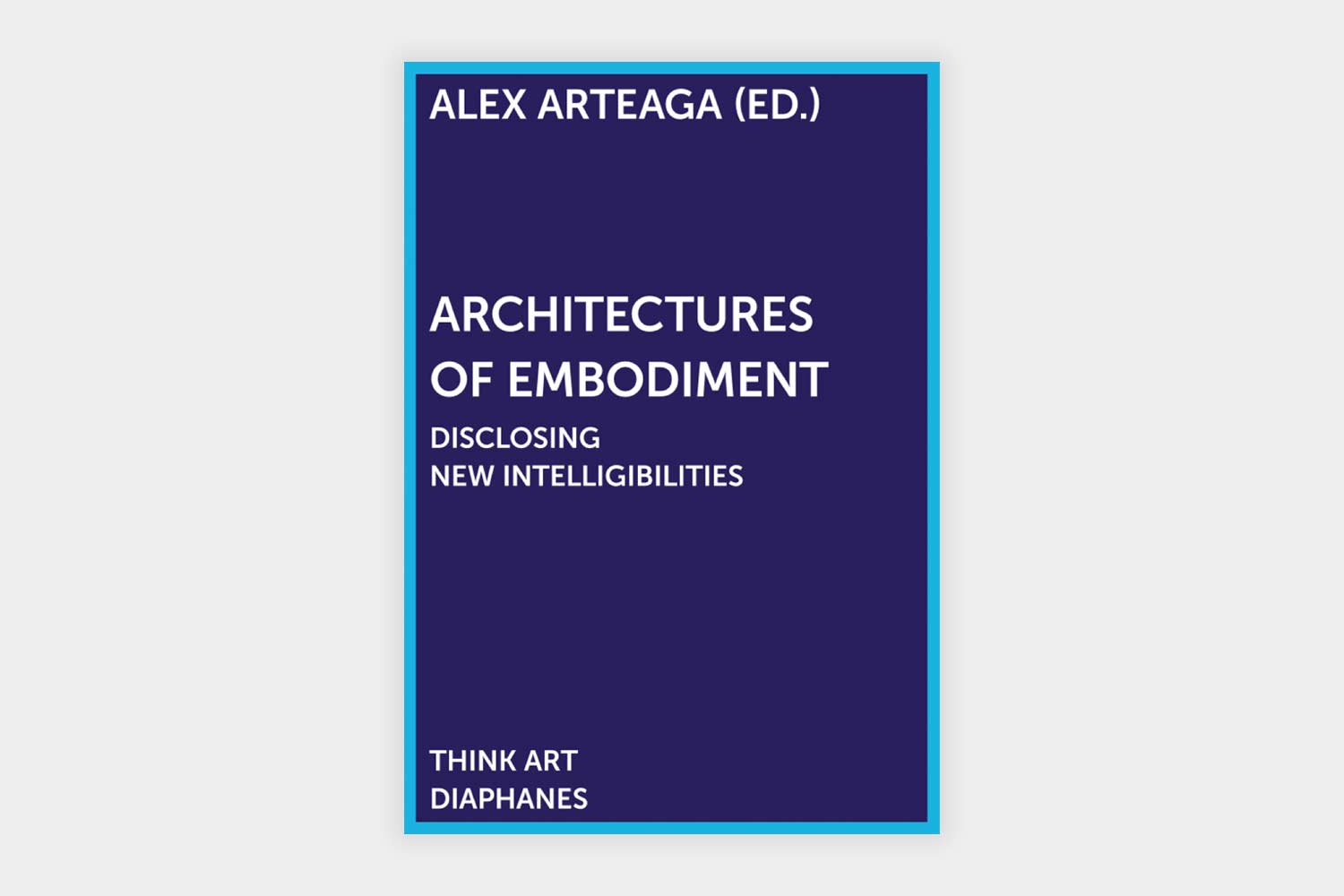
Alex Arteaga (ed),
Architectures of Embodiment
(Diaphanes, 2020)
Editors’ Biographies
Simon Morris is co-editor of Inscription, Professor of Art and Director of Research for Art & Design at Leeds Beckett University. In 2002, he founded the publishing imprint information as material (iam) which publishes work by artists and writers who use extant material — selecting it and reframing it to generate new meanings — and who, in doing so, disrupt the existing order of things. www.informationasmaterial.org
Gill Partington is co-editor of Inscription. She was Munby Fellow in Bibliography 2018-19 at University of Cambridge, and now works on the Wellcome-funded Index of Evidence project at the University of Exeter. She co-edited Book Destruction (2014) with Adam Smyth, and is currently writing Page Not Found, a book about the oddities and history of the page.
Adam Smyth is co-editor of Inscription, and Professor of English Literature and the History of the Book at Balliol College, Oxford University. His most recent books are Material Texts in Early Modern England (2018), 13 March 1911 (2019), and, with Dennis Duncan, Book Parts (2019). He is currently editing Shakespeare’s Pericles for the Arden Shakespeare series.
Editor’s Biography
Alex Arteaga is an artist researcher who combines and hybridizes aesthetic, phenomenological and enactivist research practices through an inquiry into embodiments, environments and aesthetic cognition. He studied music theory, piano, electronic music, composition and architecture in Barcelona and Berlin and received a PhD in philosophy at the Humboldt University Berlin. He has been visiting professor in different universities and educational centers such as the University of the Arts Helsinki and the Berlin University of the Arts and has developed long-term artistic research projects such as Architecture of Embodiment (www.architecture-embodiment.org) or Contingent Agencies (www.contingentagencies.net).
Editors’ Abstract
Inscription: the Journal of Material Text – Theory, Practice, History is a new academic journal combining imaginative thinking and critical rigour to take the study of material texts in new directions. At home in the first and the twenty-first century equally, as well as all points in between, Inscription features work by practitioners – book artists, printmakers, and writers – alongside academic discussion. Inscription is no ordinary journal – it is a unique interdisciplinary space where art and literature converge. Inscription’s focus is not just on the meanings and uses of the codex book, but also the nature of writing surfaces (papery or otherwise), and the processes of mark-marking in the widest possible sense: from hand-press printing to vapour trails in the sky; from engraved stones to digital text. The journal’s theoretically aware, trans-historical, and cross-disciplinary remit will break with the conventions of academic ghettoization, creating connections between areas that have much to say to one another – bibliography, media theory, conservation, the history of the book, museum studies, and artist’s book studies, for instance – enabling wide-ranging conversation and unexpected juxtapositions. Inscription promises not only to add to the field but to set new agendas for the next phase in the study of material texts. Inscription is published by information as material and designed by Fraser Muggeridge Studio. If books are one-off heavy-weights, then journals have a lightness that encourages risk, and a seriality that creates connections and personality across editions. Journals work the minor miracle of being both item and series: the pearl, and the string of pearls. Here at Inscription we aim for the mobility of the seventeenth-century pamphlet, the intellectual rigour of the monograph, the walk-through-wonder of the art gallery and a delighted dance between form and content. Inscription comes at you, each time, from an unexpected angle.
Editors’ Abstract
This book was originated within Architecture of Embodiment, a research environment focused on the inquiry of architecture from an enactivist perspective and through aesthetic practices. Primarily, this research environment does not aim to formulate answers to its main research question – how does architecture condition the emergence of sense? – but to provide adequate conceptual, methodical, and communicative conditions to address this question. The project aims to destabilize each specific object of research in order to allow for a disclosure of new intelligibilities of the issues at the heart of the inquiry. In this sense, Architecture of Embodiment intends to fulfill a fundamental cognitive function of the processes of research through aesthetic practices.
Publisher’s link: https://www.diaphanes.net/titel/architectures-of-embodiment-5903
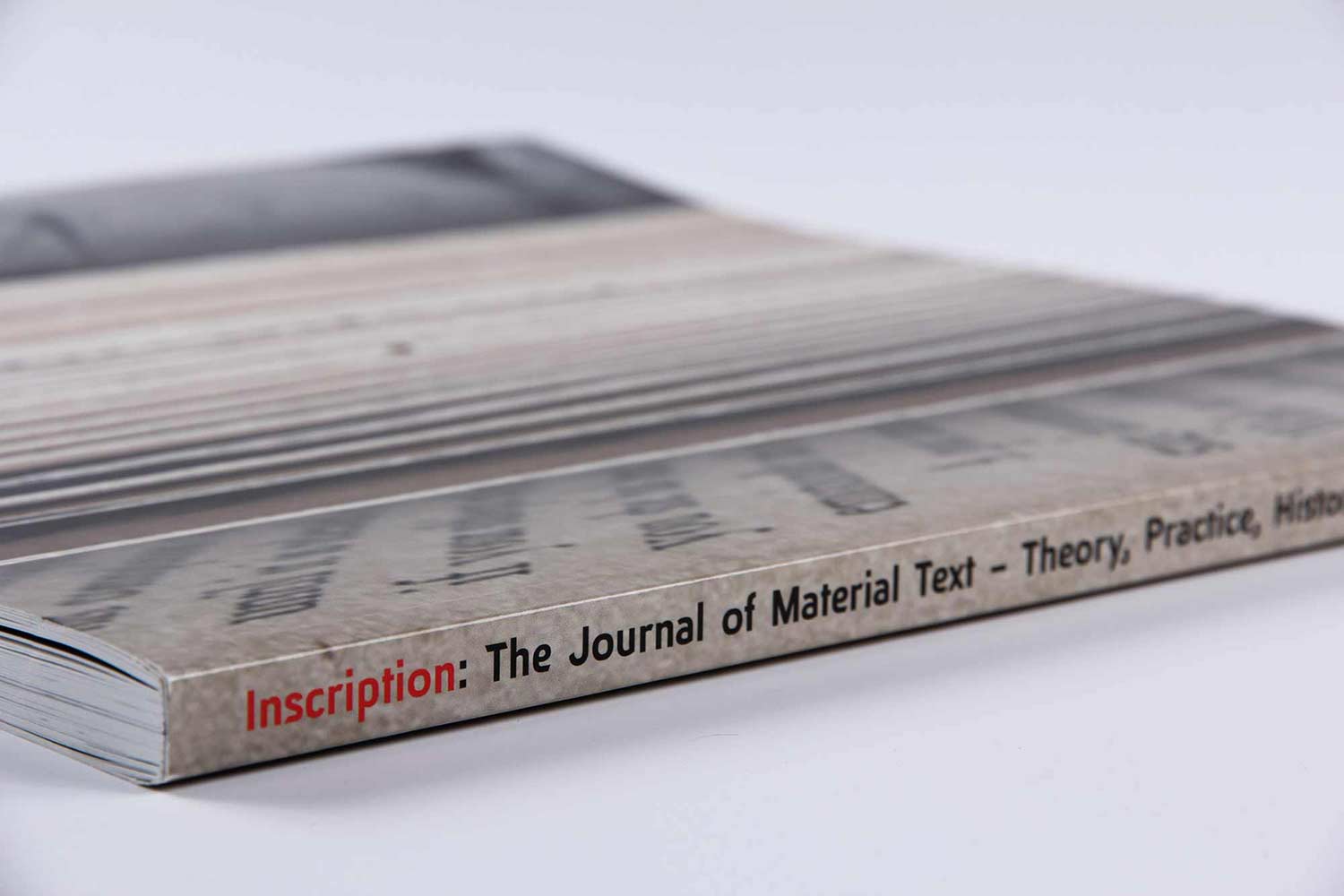
Inscription (spine)
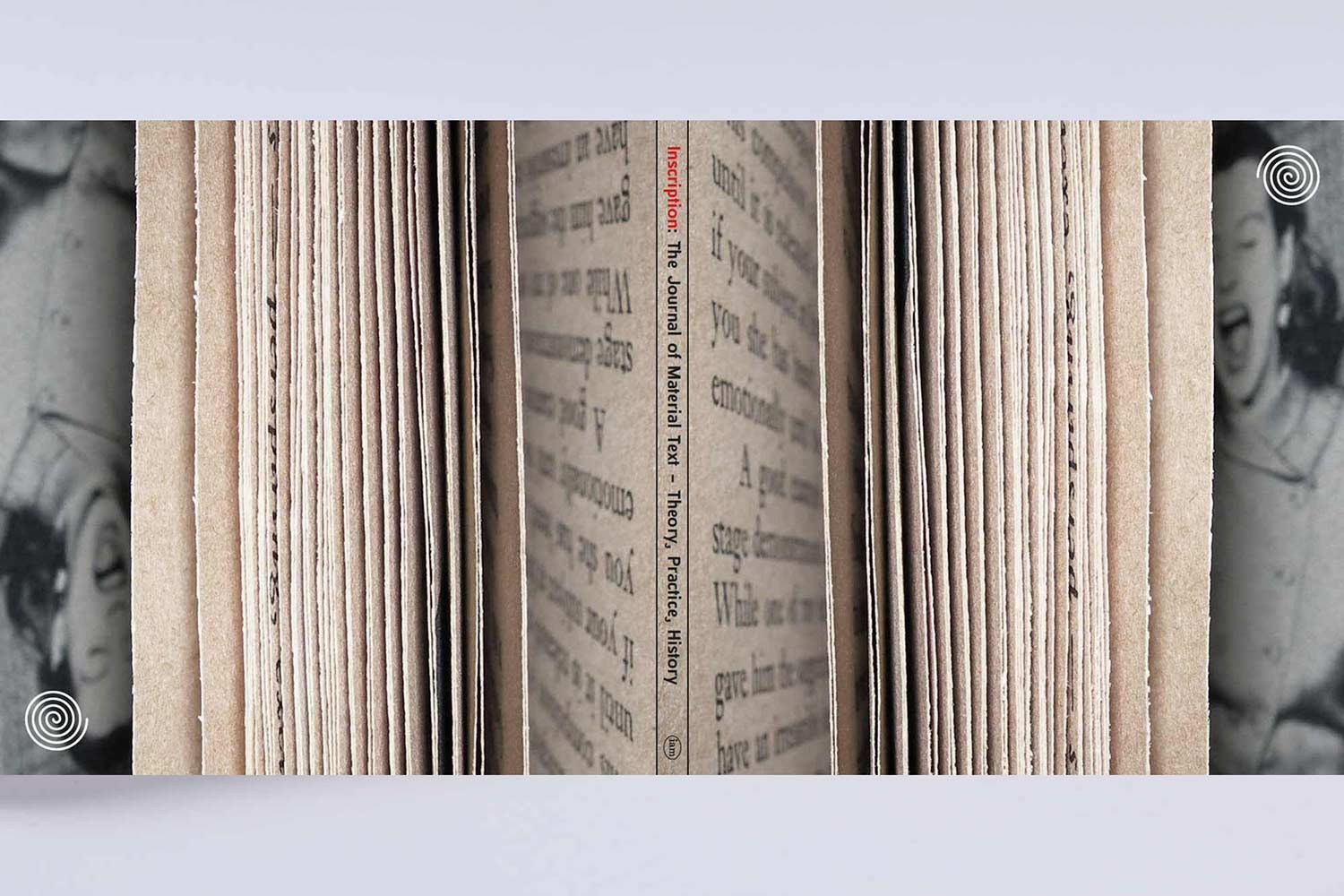
Inscription (front & back cover)
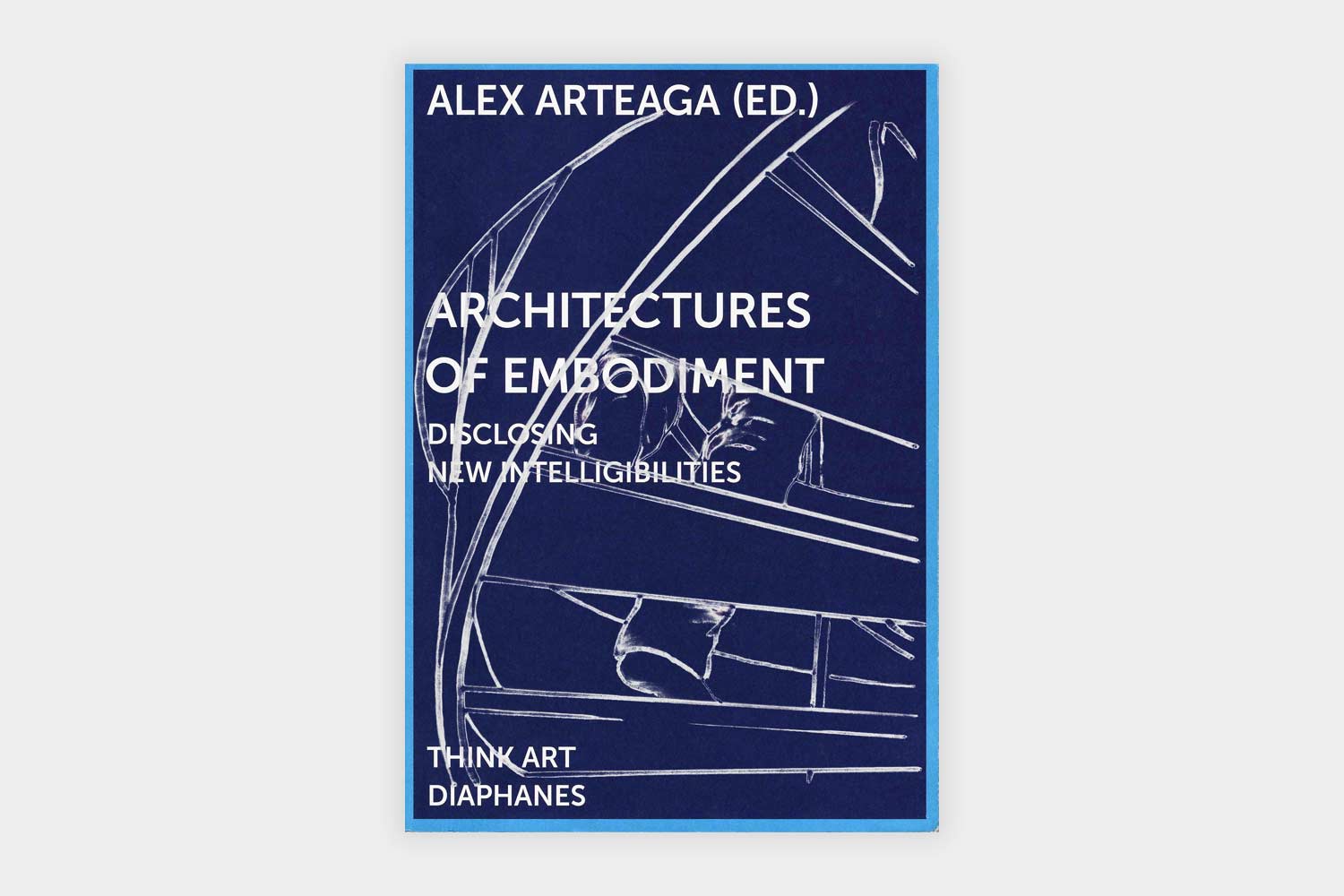
Scan of illustrated cover
About Issue 9
Site-Reading Writing Quarterly celebrates reading and writing as situated practices, releasing a special pair of seasonal reviews four times a year.
Each solstice and equinox I invite writers to swap recently completed written works and to provide a situated ‘review’ of each other’s work. This involves raising a shared issue/concern, connecting out to another work/text/set of ideas, and/or producing a creative response to an aspect of the writing which might be fictional, prose, visual, sonic, filmic … These acts of exchange open up ways of ‘reading writing’ differently, generating multiple modes of engagement with words, and exploring the practice of ‘reviewing’ from a situated perspective, one that critiques and experiments with the genre of the ‘critical review essay’, creating something far more entangled.
For this December 2021 issue, Alex Arteaga and Lidia Gasperoni read Inscription: the Journal of Material Text – Theory, Practice, History. Issue 1: Beginnings, edited by Simon Morris, Gill Partington, and Adam Smyth, while Simon Morris and Jérémie Bennequin read Architectures of Embodiment, edited by Alex Arteaga (Diaphanes, 2020).
Editor Arteaga, and Gasperoni, a contributor to Architectures of Embodiment, discuss the challenge of reading Inscription: the Journal of Material Text – a publication whose materiality is vitally important to the performance of its argument – in its virtual form. Delayed by Brexit bureaucracy, Inscription’s passage from the UK to Germany was slowed to less than the speed of the planet revolving through the universe to this very solstice. Arteaga and Gasperoni supplement their own virtual dialogue with hand-drawn diagrams, some drawn on paper and attached to a physical window, others drawn on an ipad and accessed through a digital screen. Meanwhile the other reading is materialising through a series of drawings of bodies in space made in France by Bennequin, and commissioned by Morris, which intend to re-enter Architectures of Embodiment, a book with no images, in a completed form in January. Produced out of a particular COVID-BREXIT intersection, both these readings engage with the differing potentialities and blockages – arrivals and delays – of our current materially immaterial world.
Not paying attention to the real space animals need has created the conditions for the emergence of the COVID-19 virus that has propelled us into virtual realms. For the December 2021 issue of Critical Spatial Practice, Sam/She Zheng’s Making Map I: Animals and Anachronistic Architectures, (2021–) leads the viewer on a virtual journey reflecting on the very real relation between humans and animals, arguing that a relationship where humans are not superior to other beings is ‘incredibly important to the future of life on earth.’ Consisting of a huge hand-embroidered whitework panel, produced collaboratively with local embroiderers and the contributions of over 120 people from across the UK and abroad, Brigid McLeer’s Collateral (2021), commissioned by Super Slow Way for the British Textile Biennial 2021, and installed at Queen Street Mill, Burnley, Lancashire, 1 – 31October 2021, is a strong reminder of how physical working conditions cut lives short. This site-based memorialisation commemorates the hundreds of workers who die world-wide because they work in factories and sweatshops that supply the global garment industry, bringing to mind, for McLeer, Karen Barad’s words – ‘Entanglements are relations of obligation.’
For this December’s Site-Writing, pairing a collaboratively-produced essay film and an artist’s book, Fanqi (Kiki) Zhou’s As Lightning to the Children Eased (January 2021), Dalian, China, takes Qiqi’s childhood home – the locus of memories – as a site through which to investigate the profound implications of China’s one-child policy on family relations, on the obligations instilled in the children, as well as their families. Vid Žnidaršič’s A Non-Aligned Narrative in and Around KSEVT, (2019), London – Ljubljana – Vitanje, is another site-based history of narrated entanglements and obligations, where personal accounts clash, convolute, and collide. Focusing on the Cultural Centre of European Space Technologies (KSEVT) in the village of Vitanje, Slovenia, Žnidaršič develops his interest in non-alignment, not as an ideology, but as a site-writing methodology.
Signal/Noise: Ambient Text in the Urban Landscape, by Joseph Heathcott, a writer, artist, curator, and educator based in New York, is part of a long-term project that explores how people write onto city surfaces. Guided by Charles Baudelaire’s observation that, ‘We are enveloped and steeped as though in an atmosphere of the marvellous, but we do not notice it,’ Signal/Noise documents the traces of ‘something[s] left behind as a condition of living in the city.’ Unter der Hohen Brücke (2021), subtitled ‘digging in a ditch, writing for a place,’is an experiment in book form by Ella Felber, that she suggests ‘consists of multiple attempts to construct a place within architecture and poetry, which can be entered and interacted with like a physical environment.’ Extending the site visit, that ‘crucial moment of contact in an architectural project,’ which is ‘usually cut short,’ Felber argues instead for a ‘slow practice of lingering.’
I will leave you to linger on this beautiful website, Echoes and Intersections, designed by Charlotte Morgan, developed with Kanza Leghari, Chia-Ying Chou, Rasha Saffarini and Toby Blackman, that shares work from the Critical Spatial Practice: Site Writing cohort of 2020-1.
If you have a written work that you’ve recently completed and someone you’d like to read it, or would like to write a response to a new book, or contribute a project to either Critical Spatial Practice or Site-Writing: please let me know: – j.rendell@ucl.ac.uk


Anna Andersen reads Remote Practices: Architecture at a Distance edited by Matthew Mindrup and Lilian Chee (London: Lund Humphries, 2022)

Mary Modeen and Iain Biggs read Michael Hirschbichler’s Spirit Grounds (Verlag für moderne Kunst GmbH, 2022), a publication that accompanies an exhibition
Michael Hirschbichler reads Creative Engagements with Ecologies of Place: Geopoetics, Deep Mapping and Slow Residencies edited by Mary Modeen and Iain Biggs (Routledge, 2020)


MYCKET read Slow Spatial Reader, edited by Carolyn F. Strauss (Amsterdam: Valiz, 2021)
Carolyn F. Strauss reads When Walls Speak, edited by MYCKET, issue 13 of Girls Like Us (2021)






